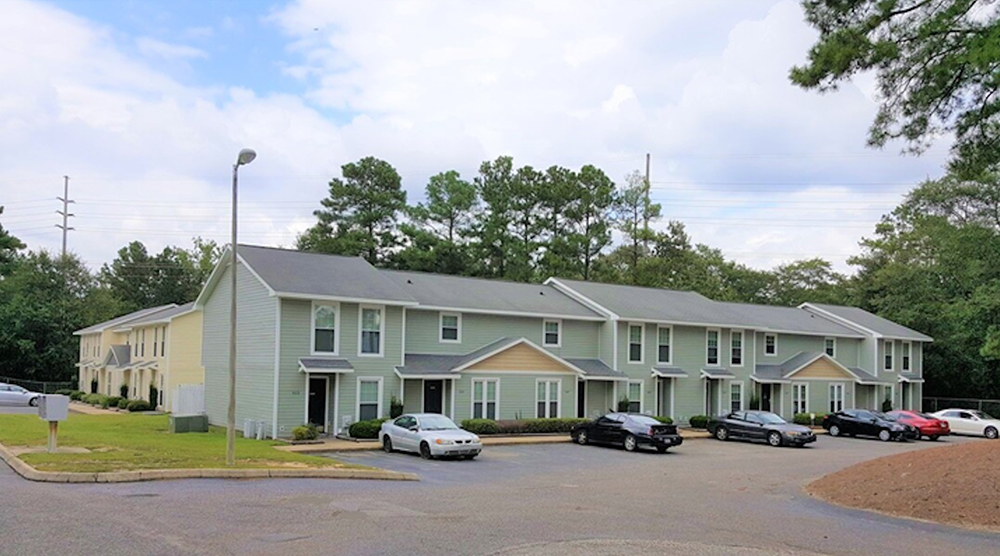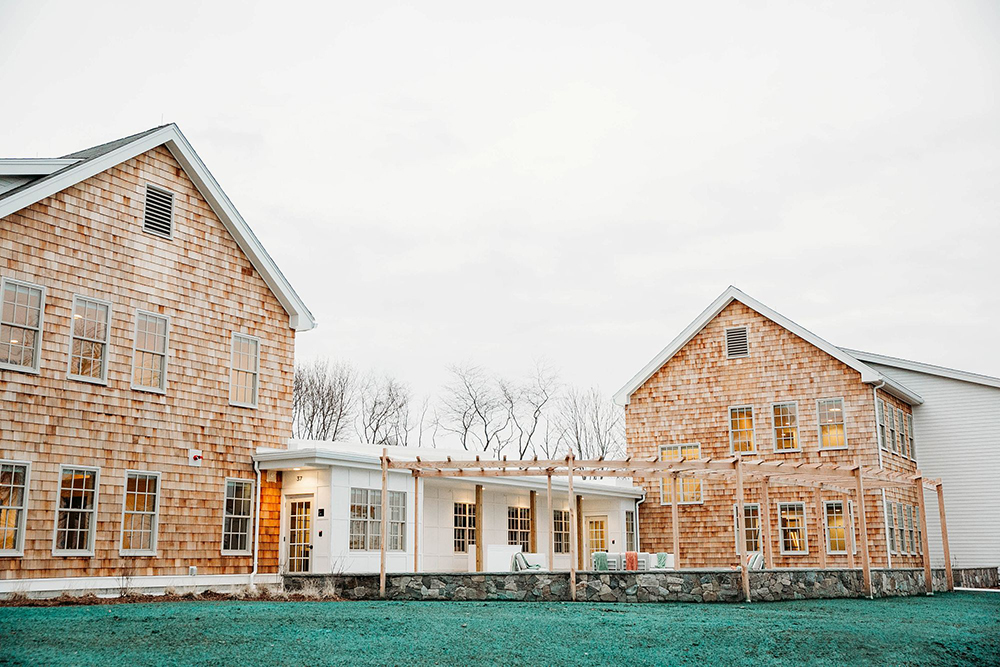News: Financial Digest
Posted: November 13, 2014
How tax credits can help preserve historic property and promote smarter development
The adaptive reuse of an existing building eliminates the need for ground-up construction, but can still involve substantial costs, particularly for historic buildings. Savvy developers have been taking advantage of Historic Tax Credits (HTC) to help subsidize the costs of rehabilitating historic properties.
For historic properties that meet the eligibility requirements, there is an HTC that amounts to 20% of the eligible rehabilitation costs on both the federal and the state levels. Therefore, as much as 40% (less costs and tax credit pricing) of the project's budget can be met with the equity generated from these tax credits. These eligible costs are known as "qualified rehabilitation expenses" or QRE's. Generally speaking, QRE's include any expenditure for a structural component of a (historically significant) building.
Because Massachusetts has a long history of industrial development, there is a large inventory of properties that meet the eligibility requirements to receive the HTC. This program exists because both the Commonwealth of Massachusetts and the federal government realize not only the importance of preserving these buildings, but recognize that restoring historically significant buildings can cost significantly more than razing these old properties and starting over with new buildings. Moreover, restoring these properties maintains our history and culture and also prevents these buildings from remaining abandoned and neglected.
More recently, public interest has shifted to include not only the historical significance of properties, but also on the energy efficiency and sustainability of buildings. In order to support this new "green" focus, both the federal and some state governments have created tax credit programs to reimburse owners who install renewable energy systems on their properties.
The Investment Tax Credit (ITC) is a 30% federal tax credit generated from the cost of purchasing and installing renewable energy equipment. As developers conceptualize projects, they should consider combining the preservation and the renewal concepts (and their concomitant tax credit equity) to bridge the gap between restoration and renewal.
One example of this type of project is a former confectionery manufacturing facility that is now vacant due to the vagaries of corporate consolidation. This historically significant property in Massachusetts, like many old mills and factories throughout the Commonwealth, is currently being readapted and converted for use as loft-style apartments, retail, and commercial use. The developers of this site are utilizing both the state and federal HTC, which is an essential element of the financing for the project.
Moreover, a roof mounted array of photovoltaic solar panels is being designed and installed on the 240,000 s/f property, which will supply the 130 apartments, retail businesses, and industrial users with renewable energy that is off the grid and non-fossil fuel generated. Any additional power that the photovoltaic solar panels generate could be directed back into the electrical grid, thereby generating net metering credits for the property.
While this project is still in early stages of development, such a combination of preservation combined with renewability has given this abandoned yet historically significant factory a vision for reuse, and a place in the future of the renewal of Massachusetts.
Warren Kirshenbaum is founder and president of The Cherrytree Group, Newton, Mass.
Tags:
Financial Digest
MORE FROM Financial Digest
Preservation of Affordable Housing secures $23.5 million in financing from Rockland Trust and Citizens Bank
Cambridge, MA The nonprofit Preservation of Affordable Housing (POAH) has secured $23.5 million in financing from Rockland Trust and Citizens Bank to transform a 150-year-old, underutilized church complex into housing. The project will ultimately create 46 affordable family-sized apartments.
Columns and Thought Leadership

Conn. hospitality market: A technical appraisal perspective on market dynamics and valuation challenges (2019-2025)
The Connecticut hospitality market has demonstrated uneven recovery patterns between 2019 and 2025, with boutique and historic properties achieving $125 RevPAR in 2025, up 8.7% from the 2019 level. Coastal resort properties achieved a $105 RevPAR in 2025, representing 10.5% growth since 2019. Casino corridor properties maintained modest growth with RevPAR improving 4.5% to $92 in 2025.

Examples of investors who used Kay Properties for legacy and estate planning purposes for rental property/portfolios - by Dwight Kay
Preserving wealth across multiple generations requires strategic planning, foresight, and the right investment vehicles. Delaware Statutory Trusts (DSTs) offer a powerful solution for families looking to build and protect their financial legacy and to efficiently plan for their estate.









